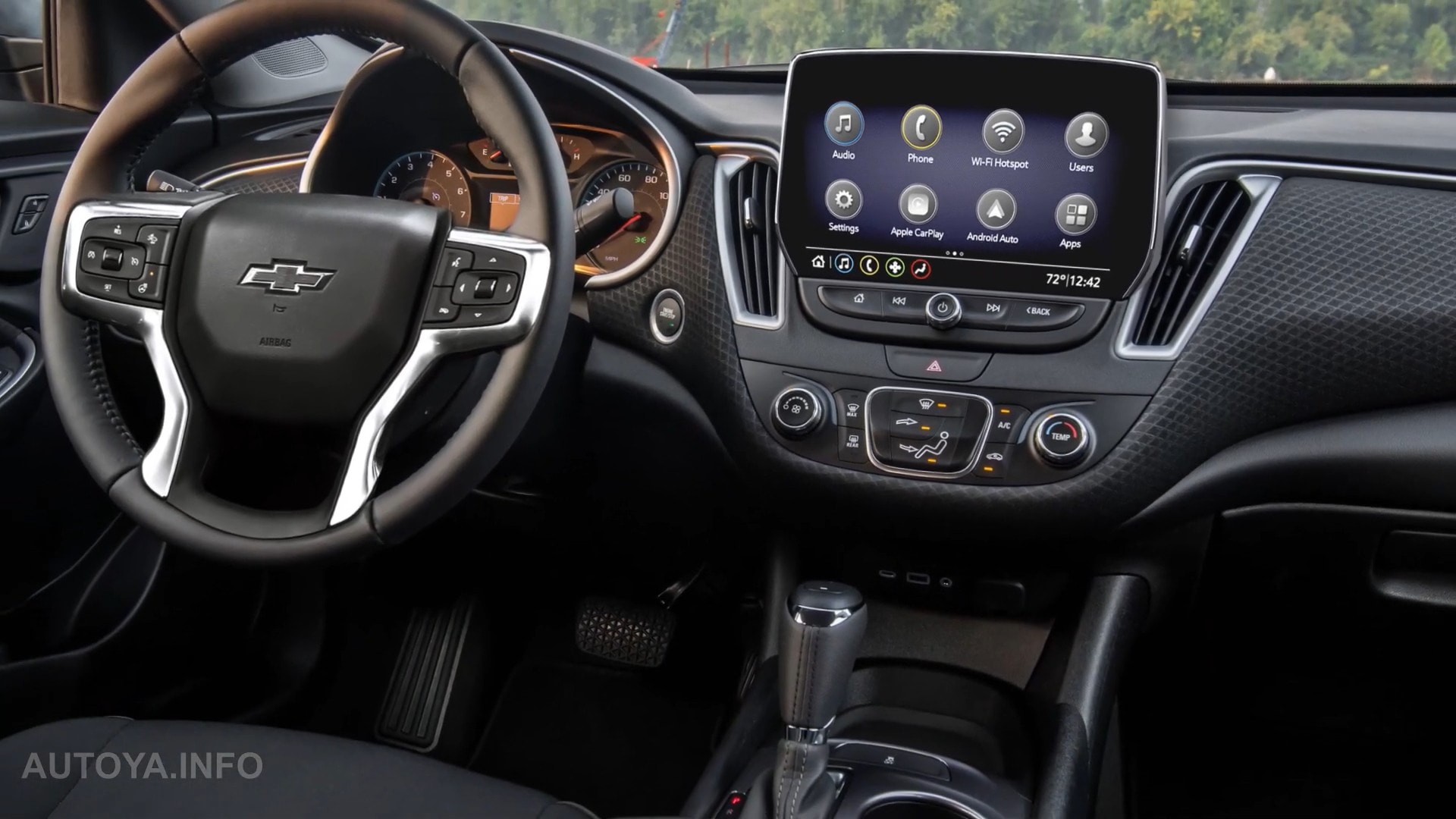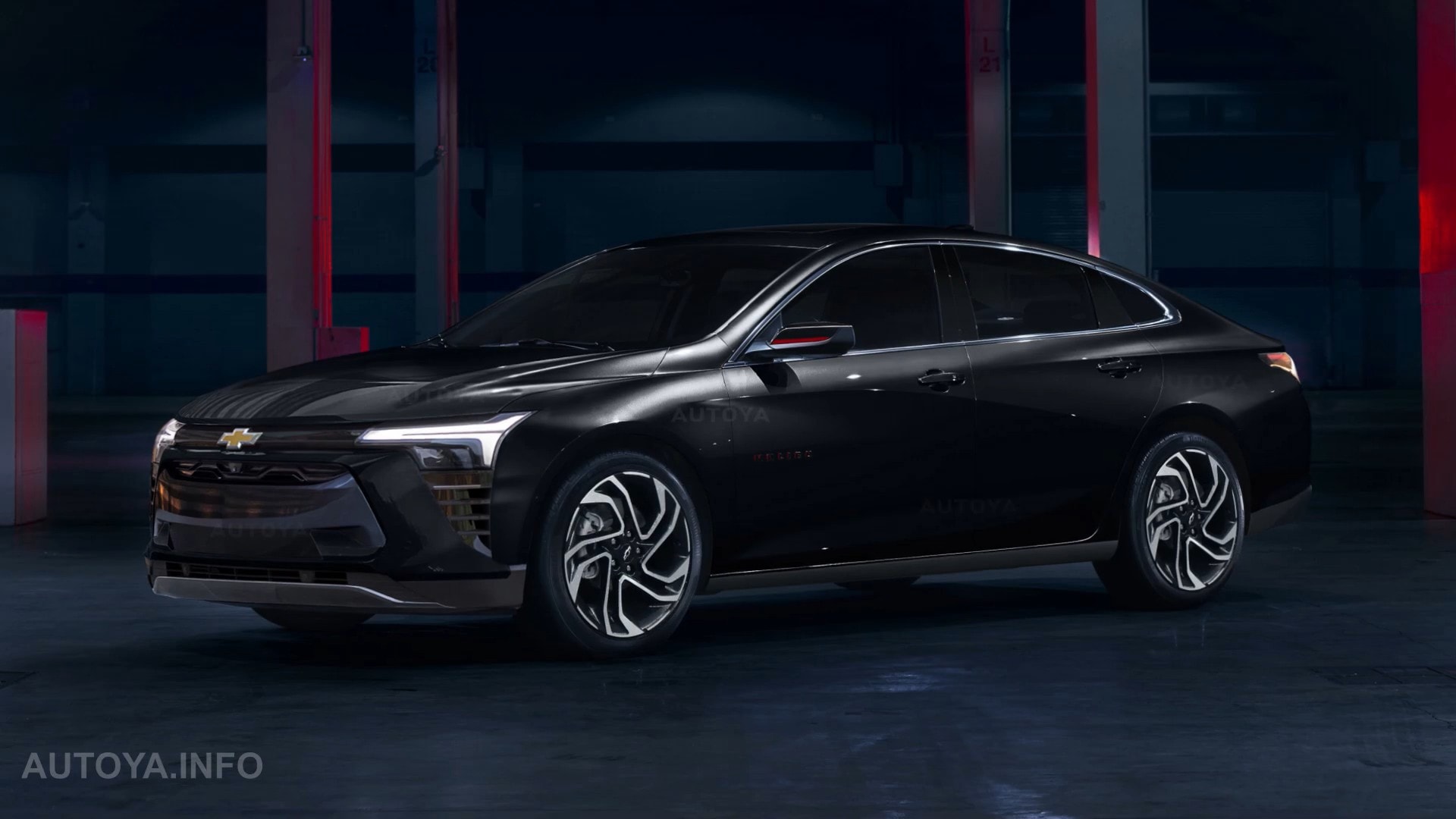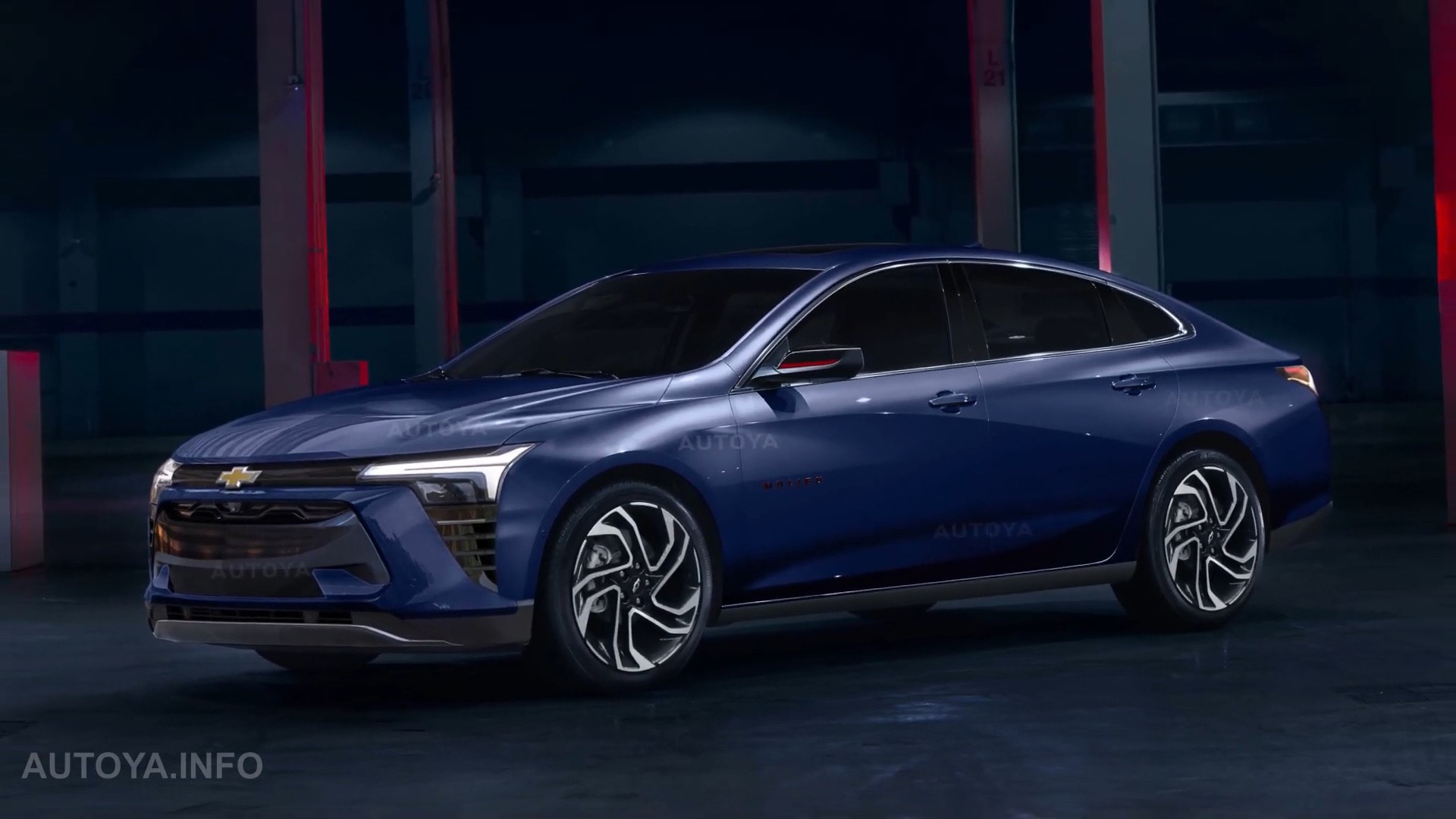General Motors’ recent decisions to discontinue both the Chevrolet Camaro and Malibu have raised eyebrows among automotive enthusiasts and industry analysts alike. While the Camaro’s demise was somewhat expected given its declining sales, the Malibu’s elimination came as a surprise to many, considering its relatively strong performance compared to other mid-size sedans.
The Camaro, which failed to capture the hearts of consumers in its sixth generation, saw a significant drop in sales during the first nine months of the year. Its numbers paled in comparison to both the Ford Mustang and the Dodge Challenger, both of which continued to enjoy popularity. However, the Malibu, despite experiencing a slight decline, still managed to attract a considerable number of buyers.

Despite its positive sales figures, General Motors has decided to discontinue the Malibu and repurpose its manufacturing facility for the production of the next generation Bolt EV.
This decision has resulted in a significant number of job losses, both at the plant itself and among suppliers. The move has raised concerns about the future of the American automotive industry and the impact it will have on local economies.
General Motors’ recent decision to discontinue the Chevy Malibu and retool the Fairfax Assembly Plant for the next-gen Bolt EV has sparked widespread disappointment and job losses. The automaker’s choice to invest $390 million in the plant transition will result in over 1,700 layoffs and further economic repercussions for suppliers and their employees.

While Malibu’s nine-generation legacy has garnered a loyal following, the automaker’s strategic shift towards electric vehicles has necessitated this difficult decision. In response to Malibu’s discontinuation, digital car content creators have envisioned a potential future for the iconic sedan.
The AutoYa info channel on YouTube has unofficially designed a CGI concept of a tenth generation Chevy Malibu, maintaining its familiar silhouette while incorporating elements from contemporary Chevy models.
While the concept car’s exterior showcases a refreshed design inspired by modern crossovers, the interior remains largely unchanged, highlighting the limitations of a hypothetical second facelift.

